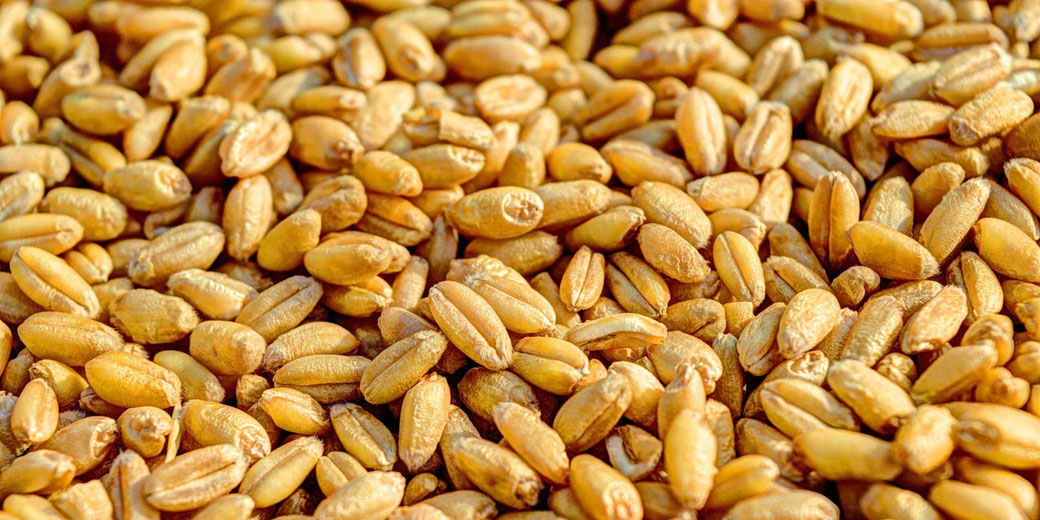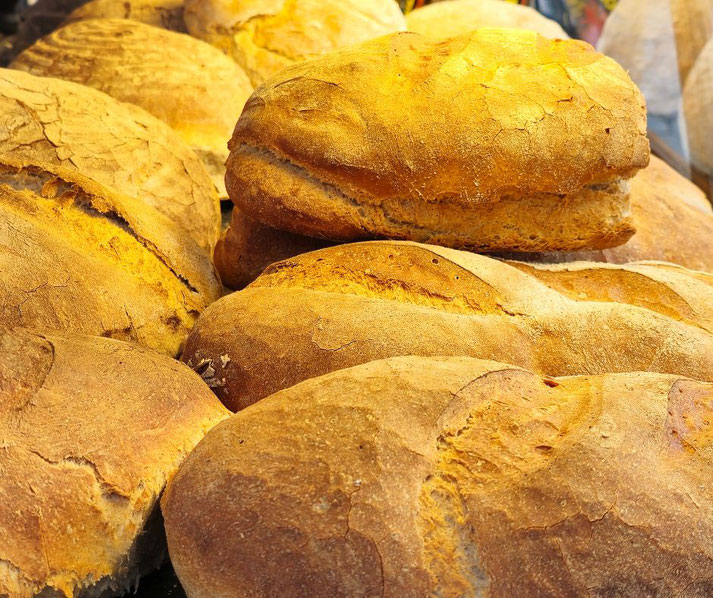The Grain Dole: How Ancient Rome's vital public welfare system was weaponised by politicians

During the final centuries of the Roman Republic and into the Imperial period, the Grain Dole became one of the most important methods of state involvement in everyday life.
Known in Latin as the annona, the system involved the regular distribution of grain, usually wheat, to Roman citizens living in the city of Rome.
Initially created as a response to civil unrest and rising inequality, the dole became a strong political tool used to secure loyalty, exert control over the masses, and undermine rivals.
When did Rome start giving free food to its citizens?
In 123 BCE, Gaius Gracchus introduced one of the first formal grain laws in Roman history. He offered supported grain to citizens at a fixed low price.
His reform aimed to ease the burden on Rome’s growing urban poor, who suffered from food shortages and unemployment as prices rose following years of land seizures and military expansion.
Gracchus' initiative also built upon his broader agenda of land reform and popular empowerment, which challenged the authority of the Senate and earned him bitter enemies among the Roman elite.

Over time, the grain support became a system of free distribution. By 58 BCE, the populist tribune Publius Clodius Pulcher passed a law making grain distributions completely free for eligible citizens.
This was a turning point in Roman politics, as food distribution became a permanent entitlement rather than a temporary relief measure.
Clodius used the dole to boost his personal popularity and undermine his enemies, including Cicero.
The change further entrenched the expectation that the Roman state had an obligation to feed its people regardless of economic strain.
What was the process of getting grain to the people?
Grain arrived in Rome primarily by ship, with the bulk coming from Sicily, North Africa, and later, Egypt.
The state relied on a large transport network that included ports, granaries, road systems, and officials.
Once unloaded at ports such as Ostia, the grain was transferred via the Tiber River or the Via Ostiensis into massive warehouses near the Forum Boarium and the Aventine Hill.
From there, it entered the cura annonae, the official administrative system tasked with overseeing grain storage, measurement, and eventual distribution.
Eligible citizens received tokens or tickets, tesserae, that they used to collect their monthly allotment of grain from assigned locations.
Each recipient typically received around five modii per month, enough to feed a small household.
The process involved long queues and occasional conflict, especially when shipments arrived late or grain ran low.
Control of the annona system gave considerable power to whoever oversaw it.
Under the Empire, emperors appointed a prefectus annonae, a powerful official first formally established by Claudius in AD 48, who operated with wide authority to maintain order and ensure supply.
Was this welfare system good or bad for the economy?
The Grain Dole stabilised life for tens of thousands of citizens, many of whom had migrated to the capital in search of work or fled from rural hardship.
Because it fed the urban poor, the system helped prevent riots, reduced pressure on employment markets, and contributed to the city's political stability.
It also offered an outlet for surplus grain from provincial territories, which integrated conquered lands into the economic structure of the Empire.
However, the cost of maintaining free grain distributions proved high. The state subsidised or absorbed transport costs, covered storage and security, and often had to compensate for failed harvests or piracy disrupting supply.
Landowners in Italy shifted away from growing wheat and focused on vineyards or animal pastures because they assumed that the state would import grain from provinces.
This weakened Italy’s agricultural self-sufficiency and made the capital dependent on long and exposed trade routes.
Why the Grain Dole became a political powder keg
Control of the Grain Dole gave politicians a direct connection to Rome’s urban masses.
Popularis leaders such as Saturninus and Clodius used the dole to win support, offer bribes disguised as welfare, and provoke their senatorial rivals.
Julius Caesar used a less radical approach and expanded existing distributions and reduced the number of recipients to manage costs while preserving popularity.
Whoever guaranteed the food supply won popular loyalty. Whoever failed to do so risked mob violence, political disgrace, or worse.
As a result, the grain queue became a theatre of Roman politics, where policy and propaganda collided in plain view.

Politicians regularly promised more generous distributions or expanded eligibility rolls to boost their popularity during elections or to shore up alliances.
Some used disruptions in the supply chain to accuse opponents of mismanagement or corruption.
As the Republic declined into factionalism and civil war, the dole became both a reward for obedience and a punishment for defiance.
By the late Republic, it had shifted from a public need into a tool of mass manipulation and political leverage.
Did the Grain Dole contribute to the fall of Rome?
Although the dole did not directly cause Rome’s collapse, it contributed to larger system weaknesses.
The heavy reliance on state-managed welfare created unsustainable fiscal demands.
As emperors expanded the annona to include additional cities, free olive oil, which began under emperors such as Nero, and occasional meat distributions, the cost to the treasury escalated.
Later sources sometimes associate Aurelian with these expansions, though his role remains debated.
Financing the dole required higher taxation, which placed pressure on rural producers and provincial governors.
Rome’s dependency on grain from distant provinces exposed it to disruption from war, rebellion, or piracy.
When Vandal raiders captured Carthage in 439 CE, the Empire lost one of its main grain suppliers, and control over much of Roman Africa soon followed.
The inability to supply food to Rome’s population weakened confidence in the imperial government.
By the time the Western Empire fell in 476 CE, the doling out of grain had already become irregular and largely symbolic.
The system’s failure mirrored the collapse of central authority and the fragmentation of imperial logistics.
How have modern historians understood the Grain Dole?
Modern historians have offered varied interpretations of the annona. Some view it as a necessary response to the social pressures caused by urbanisation and inequality.
In that view, the dole was an early welfare mechanism that provided stability in a rapidly expanding city, especially during times of political crisis or economic downturn.
Scholars such as Erich Gruen and Peter Garnsey have argued that it reflects both Rome’s practical administration and its deeply political culture.
Others have pointed to the long-term economic consequences and the way the system encouraged political dependency.
The dole, according to some economic historians, helped create a permanent underclass in the capital that had little incentive to work and instead became loyal to whichever patron controlled the food supply.
Because it tied survival to state largesse, Rome encouraged a political culture that valued spectacle and favour over responsibility and reform.
As you can now appreciate, the Grain Dole continues to be one of the most telling examples of how ancient Rome balanced welfare, power, and control.
What do you need help with?
Download ready-to-use digital learning resources
Copyright © History Skills 2014-2025.
Contact via email
With the exception of links to external sites, some historical sources and extracts from specific publications, all content on this website is copyrighted by History Skills. This content may not be copied, republished or redistributed without written permission from the website creator. Please use the Contact page to obtain relevant permission.





